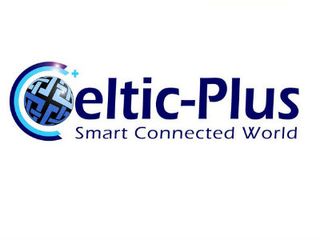European Project Sets Sights On Faster G.fast

Celtic-Plus, a European research initiative, said it has kicked off a €4.4 million (US$4.7 million) project to explore a multi-gigabit version of G.fast, a standard that aims to bring fiber-like speeds over copper-based DSL networks using relatively short loop lengths.
Celtic-Plus’s Gigabits Over the Legacy Drop (GOLD) project “will initiate the planned second version of the G.fast standard and boost is usability in dense city areas,” the group announced Monday. The GOLD consortium consists of 12 companies from eight countries, including BT of the U.K., Orange of France, and several equipment vendors, chipmakers and researchers, including ADTRAN, Alcatel-Lucent, Ericsson AB, Sagemcom), and Telnet Redes Inteligentes, Marvell Semiconductors, Sckipio Technologies, TNO, and Lund University, which is coordinating the three-year project.
They said the project is getting underway after the recent completion of another initiative, HFCC/G.fast, which demonstrated throughputs of nearly 1Gbps per copper pair at 100 meters, and up to 170 Mbps per copper pair at 480 meters, on a 16 pair standard cable.
GOLD, they said, aims to push G.fast to multiple-gigabit speeds through the pursuit of a second version of the G.fast standard that works at higher frequencies and support more than 200 MHz of bandwidth. It’s anticipated that this new version will likely take two to three years to become an ITU standard.
The ITU awarded final approval to the G.fast standard in December 2014, stamping a technology that’s designed to ramp up DSL speeds and offset having to deploy FTTP technologies. The initial version of G.fast targets aggregate data capacity (upstream plus downstream) of 1 Gbps. Telcos with extensive DSL networks are looking at G.fast as cable MSOs continue to deploy DOCSIS 3.0, which enables about 1-Gig in the downstream, and moves ahead on DOCSIS 3.1, a new spec that is aiming for multi-gigabit speeds – up to 10 Gbps down and at least 1 Gbps upstream.
“G.fast is quickly turning into a key technology for European operators,” said Trevor Linney, head of Access Network Research at BT, in a statement. “During our lab evaluations, it has outperformed our expectations in terms of bitrate and reach for fixed line subscribers. Now, we have formed the GOLD project to drive further improvements in the capabilities of this exciting technology, working closely with vendors and other global operators.”
During the HFCC/G.fast project, lab trials were performed by BT, Orange, Telefonica and TNO, the group said, adding that BT will start G.fast pilots this summer in two UK cities -- Huntingdon and Gosforth – involving about 4,000 business and home connections.
Multichannel Newsletter
The smarter way to stay on top of the multichannel video marketplace. Sign up below.
